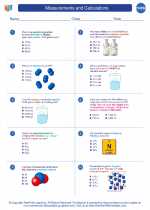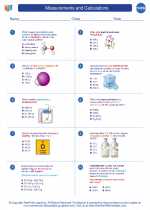Emulsions: An Overview
An emulsion is a type of colloid in which two immiscible liquids are dispersed in each other. The two phases in an emulsion are the dispersed phase and the continuous phase. The dispersed phase is the one that is present in the form of small droplets, while the continuous phase is the medium in which the dispersed phase is suspended. Emulsions can be oil-in-water (o/w), water-in-oil (w/o), or multiple emulsions.
Formation of Emulsions
Emulsions are formed by mixing two immiscible liquids together along with an emulsifying agent. The emulsifying agent helps to stabilize the emulsion by reducing the interfacial tension between the two phases and preventing the droplets from coalescing. Common emulsifying agents include proteins, surfactants, and phospholipids.
Properties of Emulsions
- Stability: Emulsions can be either stable or unstable. The stability of an emulsion depends on the nature and concentration of the emulsifying agent, as well as the method of preparation.
- Viscosity: Emulsions can exhibit different viscosities based on the ratio of the dispersed phase to the continuous phase. This property is important in industries such as food, pharmaceuticals, and cosmetics.
- Opalescence: Many emulsions appear cloudy or opaque due to the scattering of light by the dispersed phase droplets.
Applications of Emulsions
Emulsions have a wide range of applications in various industries:
- Food Industry: Emulsions are used in the production of mayonnaise, salad dressings, and ice cream.
- Pharmaceutical Industry: Emulsions serve as a vehicle for delivering drugs, especially those that are not soluble in water.
- Cosmetic Industry: Emulsions are used in the formulation of lotions, creams, and other personal care products.
- Paint Industry: Emulsions are used as a base for water-based paints.
Study Guide
When studying emulsions, it's important to focus on the following key points:
- Understand the concept of emulsions and the difference between oil-in-water and water-in-oil emulsions.
- Learn about the role of emulsifying agents in stabilizing emulsions.
- Explore the applications of emulsions in different industries and the significance of emulsions in our daily lives.
- Examine the factors that influence the stability and viscosity of emulsions.
By understanding the formation, properties, and applications of emulsions, you can gain a comprehensive grasp of this important topic in chemistry.
.◂Chemistry Worksheets and Study Guides High School. Measurements and Calculations

 Worksheet/Answer key
Worksheet/Answer key
 Worksheet/Answer key
Worksheet/Answer key
